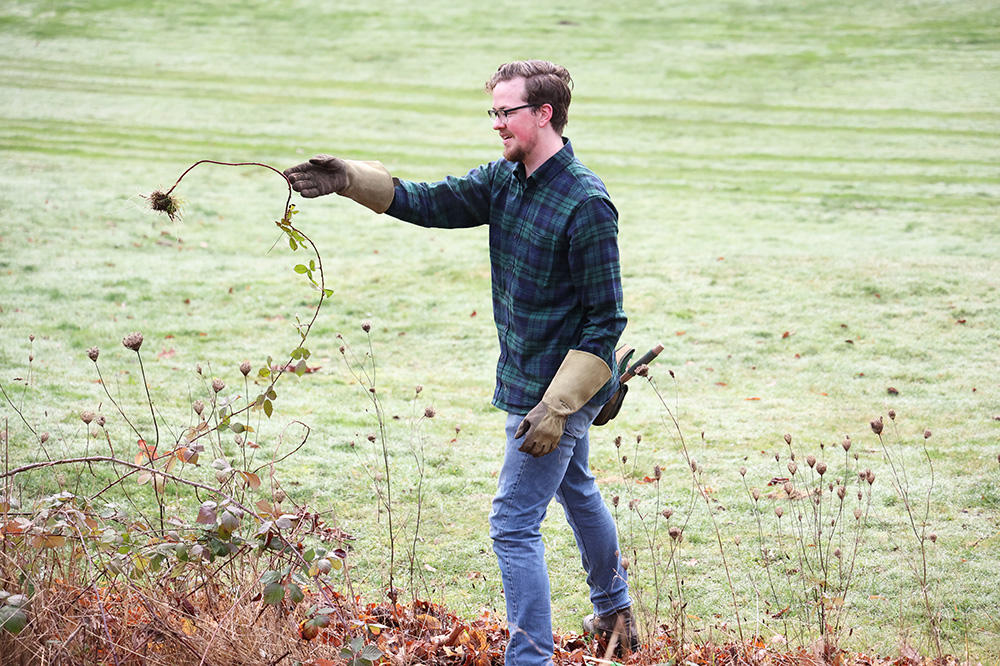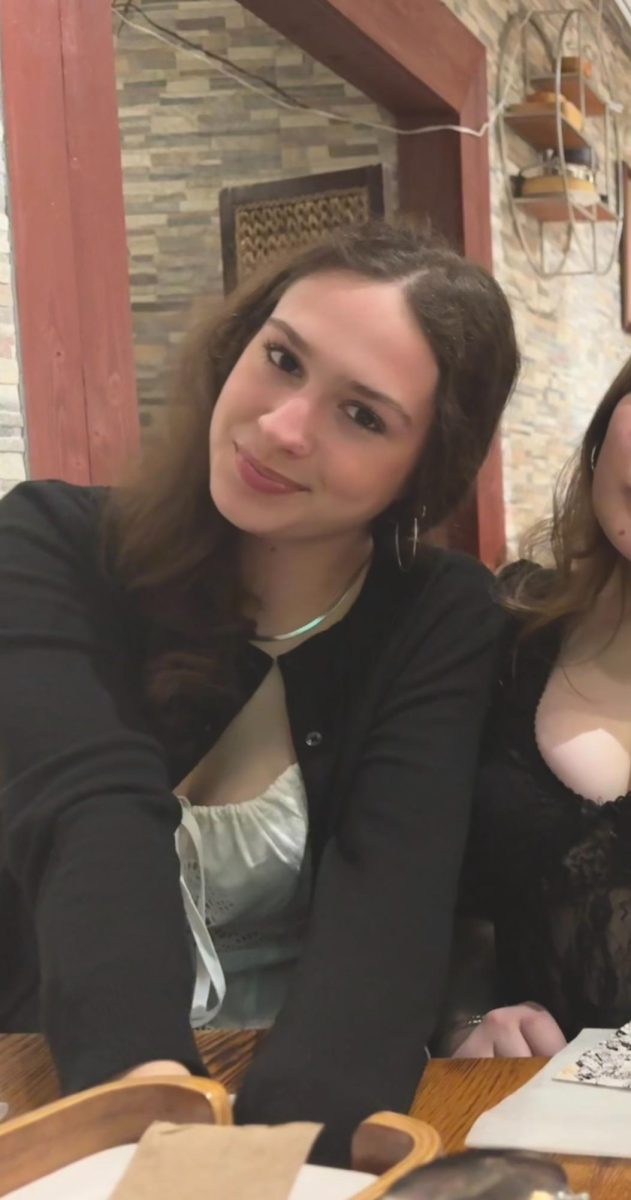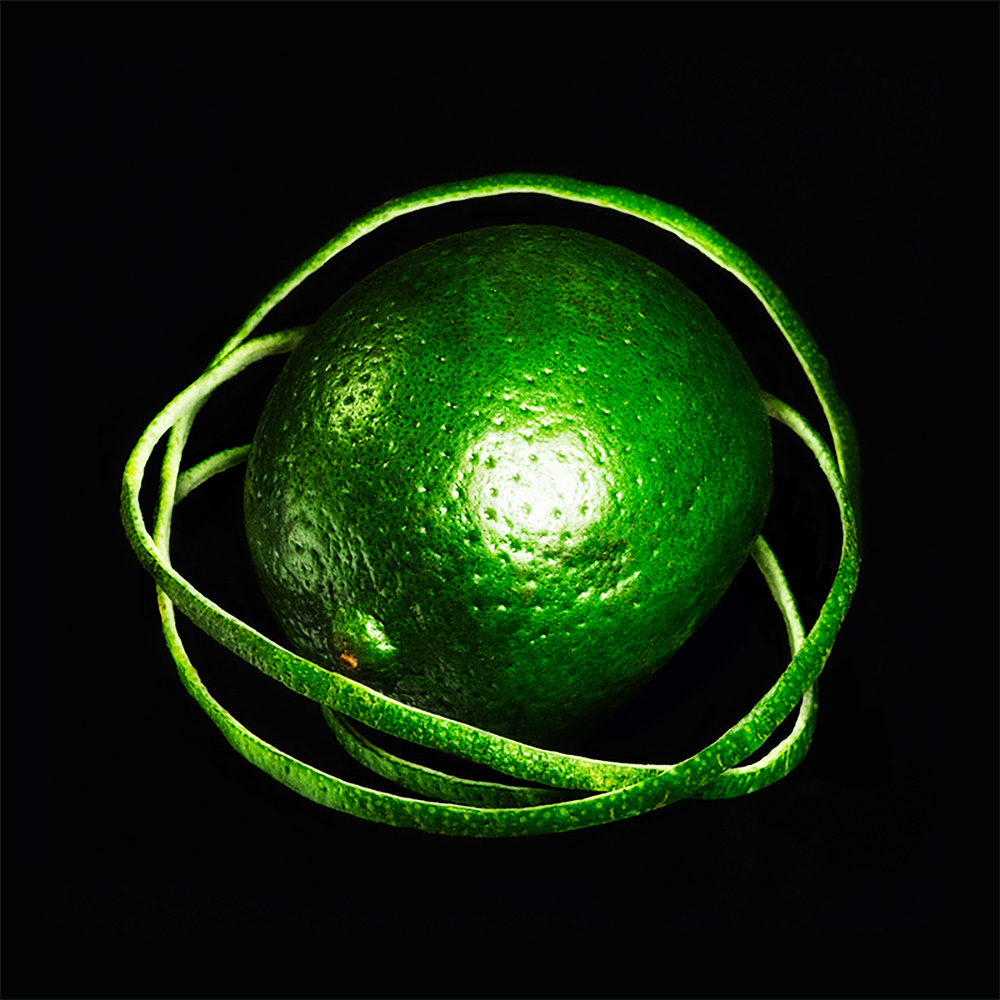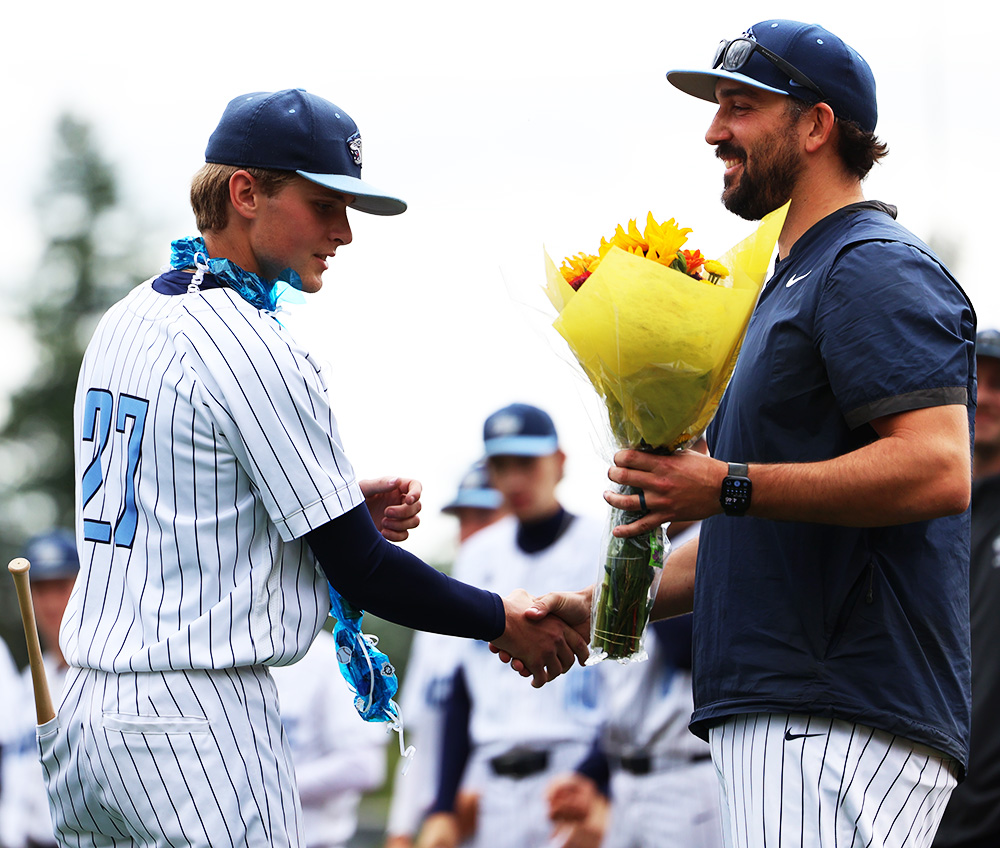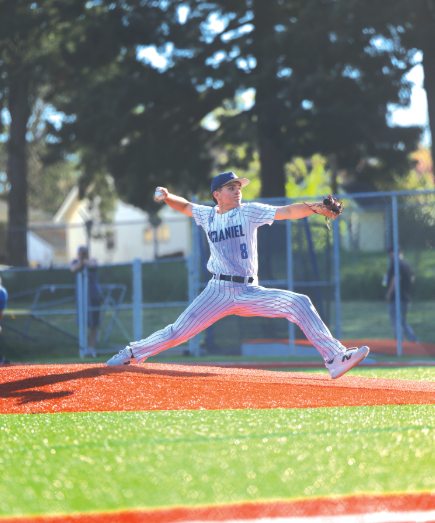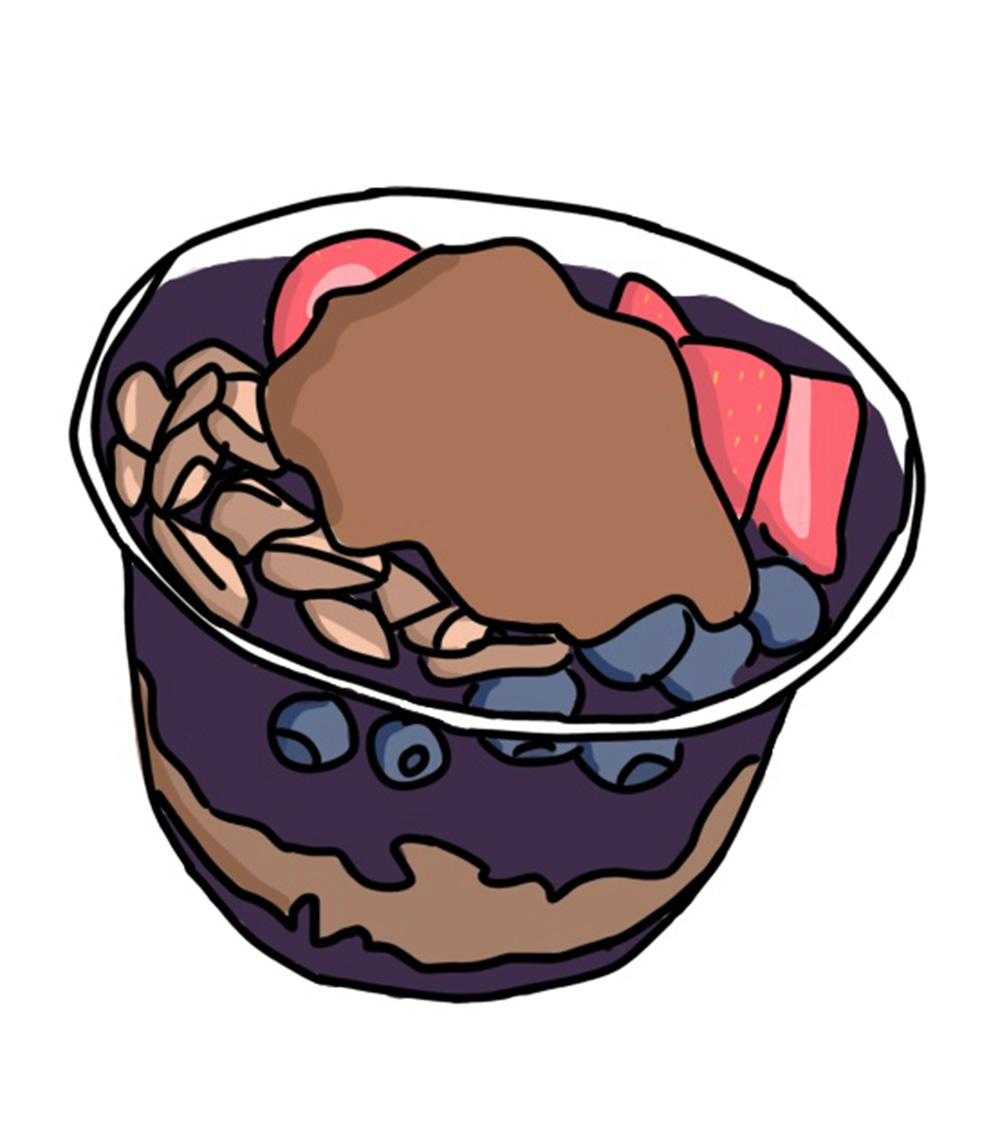If you live in the neighborhood or walk along the bluff regularly, you may have seen people planting, moving wood chips, or removing plants. Those people would be the volunteers for the Rose City Bluff Restoration Project. The Rose City Bluff is a stretch of land overlooking the Rose City Golf Course. It’s a popular place for people to run, walk their dogs, or go on a stroll to take in the views. There’s an upper and lower trail. The upper trail spans along right next to NE Sacramento St, from NE 62nd St to 72nd Drive. The lower trail is more wooded, and closer to the golf course.
Instigated by John Nikkel, the restoration project was born in Mar. 2018. Joe Bartholomew, friend of Nikkel, shared that Nikkel had lived in the neighborhood for years and was especially interested in the bluff, so he organized the first group to head out and clear some of the invasive blackberries taking over.
Bartholomew was one of the volunteers present on the first day the group came out to volunteer seven years ago.
“I only expected to come out for one day, but I liked it,” Bartholomew said. “I liked the process of clipping blackberries so much that I came back.”
After that first day, it was suggested that they volunteer every week, and since then the group has met nearly every Sunday. They meet at NE 62nd and Sacramento, right where the upper trail begins.
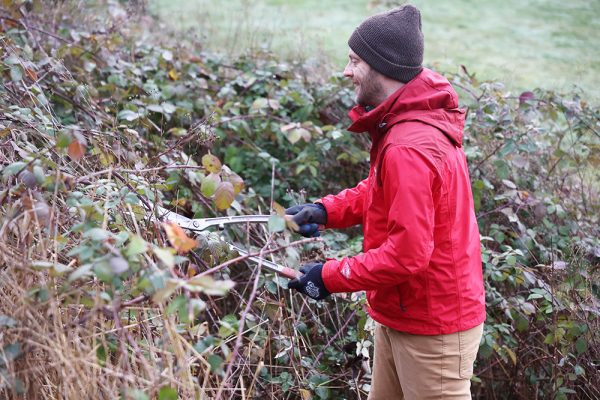
Because of the current time of year, the main activities completed by volunteers is to clip back the blackberry thickets. Unless dug up by the roots, the blackberries will come back each year, so they need to be kept on top of with clipping.
Trask Colby, a volunteer since 2019, has recently been working on clipping back a large patch of blackberry. Mixed in with the blackberry are some native plants, so he needs to be careful in order to preserve those. One way Colby learns about the native plants to look out for is from other volunteers.
“I have also done my own research with tools like iNaturalist, and I have field guides at home,” Colby said. “And then I’ve gotten the backyard habitat certification at my own house, so I learned a lot about native plants for that too.”
However, sometimes the group gets wood chips. It’s easiest to get wood chips in the winter due to lots of trees being trimmed or falling down that then get turned into the chips.
“We get the chips this time of year, even though we might not be using some of them until late summer,” Bartholomew said.
The main uses for the chips are as covering for the upper trail for people to walk on and covering where the invasive blackberries were dug up in preparation for new native species to be planted.
Bartholomew thinks the impact of the volunteer work on the neighborhood community has been huge. When the group first started restoring the bluff, the lower trail was incredibly dense with blackberry thickets, making it less accessible and unsafe. But the more it was cleared, the more people started to use and enjoy the trail.
“The lower trail is a special place because you get down there and feel like you’re almost out of the city. You feel like you’re in a natural area out in the country,” Bartholomew shared.
While Bartholomew has been participating since the start, volunteering at the bluff for his very first time, Shaun Rasmusen started volunteering with the group because he lived in the area and wanted to contribute and meet some of the community. Rasmusen said he heard about the volunteer opportunity through Instagram and followed from there to their website.
“I’ve driven past here a lot, but I haven’t really spent much time down here, so it seemed like a great opportunity to explore the area and get to know it a little better,” Rasmusen said.
He is also excited about being able to get outside and in nature more with his upcoming days of volunteering.
Rasmusen also said he is looking forward to the seed projects.
“The thing that did draw me in was the seed projects, so being able to help spread more native plants and get rid of all the invasive things, ” Rasmusen said.
Each year the restoration project raises money to buy native seeds, which are then given to volunteers in the springtime that grow the seeds until the fall, which is when the group will plant them if they are ready. Some of the volunteers specialize in picking and growing the plants that are added every fall. For example, Colby plants a lot of his own native plants along the bluff and enjoys seeing them grow and spread year after year.
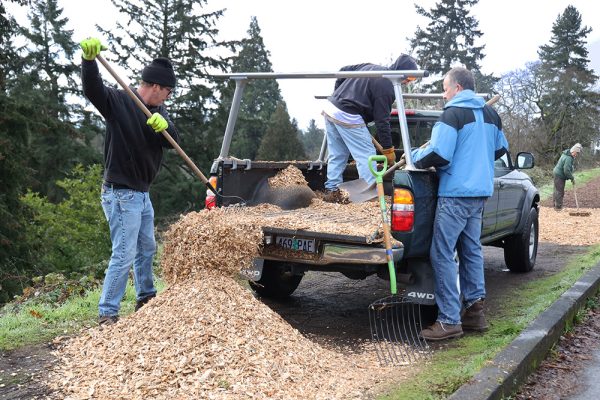
Colby’s favorite part of the volunteer process is hanging out with the people in the neighborhood.
“I’m focused a lot on building community, and all the people who are involved here are great, it’s fun to hang out with them.” Colby said.
This project is ongoing, with no foreseeable end in sight. There’s years of work left with planting native plants. The dream is that in five to ten years, the bluff will be almost completely free of blackberries, and almost completely planted with Pacific Northwest native plants.
In addition, Bartholomew would like to see more young people volunteering.
“If it’s going to be ongoing forever, we need a lot of generations and we need to keep getting young people out here,” Bartholomew said.
If you are interested in joining the Rose City Bluff Restoration Project, go to rosecitybluff.org or @rosecitybluff on instagram to get involved!


